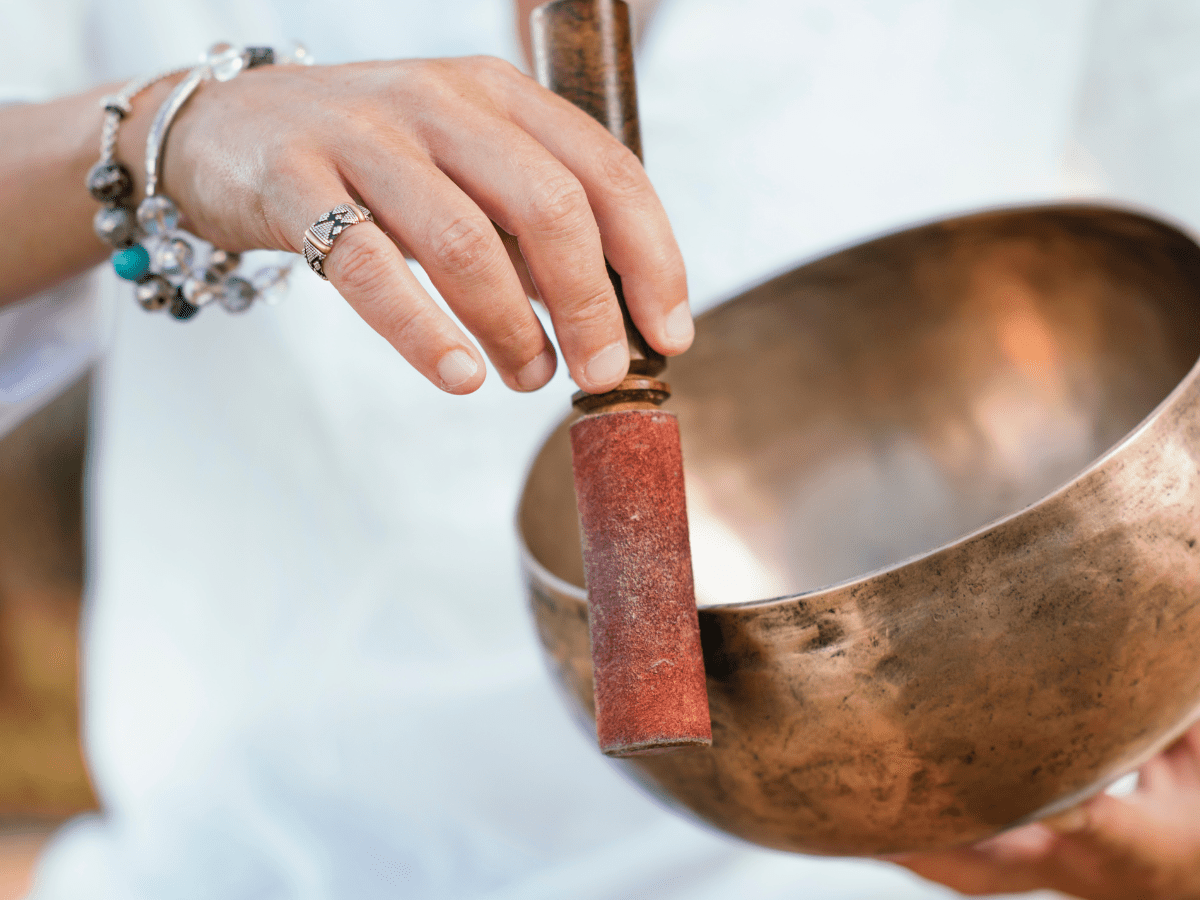I dedicate January to Prajnaparamita, “the Perfection of Wisdom” in Mahayana Buddhism embodied as the Great Mother. I spend the month learning more about Prajnaparamita and deepening my practice. I’ve written an introduction to Prajnaparamita and described my January practice devoted to her. This blog entry is about how I carry her lessons all year.
The goal of Buddhism is to become enlightened, thus ending suffering and reaching nirvana, the end of the cycle of death and rebirth. As an earthy Pagan Witch, I’m not very concerned with nirvana, but I appreciate Buddhism’s insights into the nature of reality and practices to develop awareness, compassion, and wisdom. To Prajnaparamita, I dedicate my meditation practice and the cultivation of what I call my lotus heart. My devotion to her is to inspire me to mindfulness and compassionate wisdom for the benefit of all beings.
Meditation
Meditation is the cornerstone of my devotion to Prajnaparamita. Through regular meditation practice in the morning, I deepen my awareness of the present moment, honing my ability to observe the transient nature of thoughts and emotions.
I also use my morning meditation time for tonglen, the Tibetan “mind training” technique of ‘giving and taking’ (or sending and receiving). It involves breathing in the suffering and pain of others, transforming it within, exhaling loving-kindness and offering whatever is needed back into the world. A Skeptic’s Path to Enlightenment has a good explanation and guide to tonglen meditation.
My morning meditation profoundly shapes the tone of my day. It’s a potent tool to ground myself in the present moment, release lingering stress and mental clutter, and foster a sense of inner calm and clarity that extends throughout my daily activities. Meditating in the morning, even for just 20 minutes, creates space for a more centred and focused approach to the ebb and flow of everyday life.
Cultivating mindfulness
I began consciously cultivating mindfulness years ago, a practice I now dedicate to Prajnaparamita. Mindfulness is about living intentionally and attentively in each moment. Cultivating mindfulness involves bringing full awareness to the present, free from judgment and distraction.
Mindfulness is not without its challenges. There’s a constant influx of stimuli from technology, societal expectations, internal chatter, and the mind wanders and meanders. Despite its difficulty, mindfulness is rewarding and has many benefits. It heightens emotional intelligence, encourages active listening, and nurtures patience.
Embracing impermanence
The Prajnaparamita teachings highlight the impermanent nature of all phenomena. Embrace change as a natural part of life, relinquishing attachments to outcomes and possessions. By acknowledging impermanence, one can navigate life’s uncertainties with greater ease.
As a Sagittarius, I may be astrologically predisposed to embrace impermanence. Expansive, adaptable, and optimistic, Sagittarians are enthusiastic about new experiences. Change is a journey to explore with curiosity, not a hurdle.
Applying wisdom to relationships
The wisdom of Prajnaparamita includes recognition of the interdependence of relationships. Pratityasamutpada, often translated as dependent origination or dependent arising in Buddhism, posits that all phenomena, known as dharmas, come into existence based on their dependence on other dharmas. Similar ideas resonate in contemporary Paganism, where the interconnectedness of all things is acknowledged—we all carry a divine spark within, and actions spark reactions, creating ripple effects in the intricate web of existence.
The Buddhist doctrine of dependent origination extends to lifetimes and intricately interweaves with the minutiae of everyday moments. This wisdom is about recognising the interdependence of relationships and cultivating compassion by understanding that everyone is on their journey.
Engaging in reflective practices
Setting aside time for introspection and contemplation has long been a part of my regular activities, but I dedicated reflection to Prajnaparamita this year. My reflective practices include meditation, journalling, dialogue with others, setting and reviewing goals, working with the tarot, and spending quiet time with my thoughts. This looks a lot like “doing nothing”.
Mindful consumption
I have been extending Prajnaparamita’s principles to my consumption choices this year. When it comes to material possessions, for instance, it’s the recognition that external stimuli are impermanent and provide only temporary satisfaction.
I will dismantle my main altar to Prajnaparamita next week, return her image and tools to her smaller shrine elsewhere in my room, and rebuild my altar in honour of the goddess Themis, to whom I dedicate the month of February. But this doesn’t mean I’m putting Prajnaparamita and the work she inspires away or aside. By meditating, cultivating mindfulness, embracing impermanence, engaging in reflective practices, and applying compassion and wisdom, I incorporate the teachings of Prajnaparamita into my daily life.

